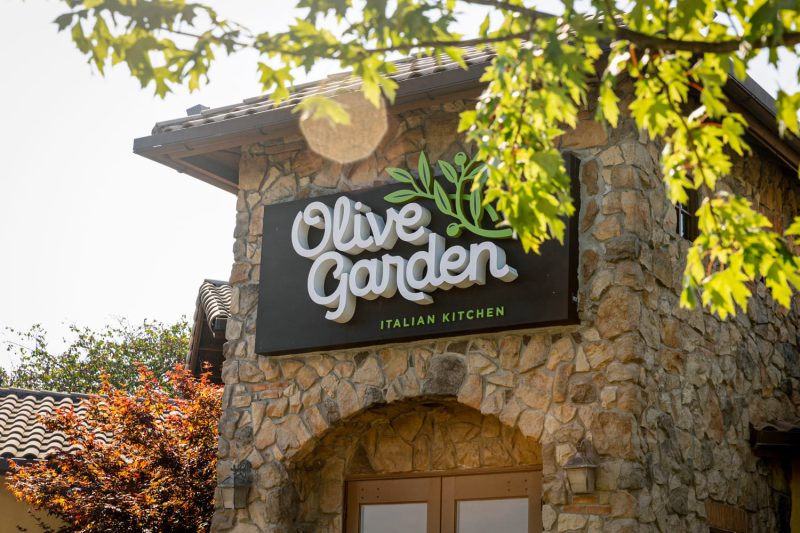A recent report on Darden Restaurants Inc.’s earnings is suggesting a distinguishing trend in the dining industry, with LongHorn Steakhouse seeing an increase in sales while Olive Garden experiences a decline.
Analyzing Darden’s Performance
Darden, a multinational restaurant company, owns numerous popular chains, including Olive Garden, LongHorn Steakhouse, and The Capital Grille amongst others. The company’s recent earnings release indicates a glaring contrast in the performance of its two top chains: LongHorn Steakhouse performing significantly better than Olive Garden.
The LongHorn Upswing
LongHorn Steakhouse, which specializes in casual dining with a classic American West theme, focuses primarily on steak, but they also offer a comprehensive menu featuring chicken, ribs, and seafood. The restaurant chain has seen a significant upswing, attributed largely to an increase in off-premise consumption and adjusted menus that cater to customer’s changing preferences.
Amidst the COVID-19 pandemic, takeout and delivery services became increasingly vital for restaurants to keep afloat. LongHorn Steakhouse swiftly adapted, swiftly implementing contactless curbside pickup, partnering with third-party delivery services, and enhancing online ordering. Additionally, the introduction of family meal deals caters to households craving restaurant-quality meals at home, but without the hassle and risk of dining out.
The Decline of Olive Garden
On the other hand, Olive Garden, a chain known for its Italian-American cuisine, has experienced a decline in sales. Even though they swiftly offered takeout and delivery options, the shift seems to have not favored them as well as it has its steak-serving counterpart.
According to Darden’s Q3 2021 report, Olive Garden’s to-go business doubled, but they experienced a slowdown in dine-in traffic. The limited in-house dining flattened their sales growth. Olive Garden’s fan base generally consists of customers who enjoy a traditional dine-in experience, a feature heavily compromised during the pandemic.
Additionally, it appears that consumer preferences are veering towards proteins over pasta at the moment, something that has ultimately benefited LongHorn Steakhouse.
Reasons Behind The Sales Drag
The decline in Olive Garden sales and the surge in LongHorn Steakhouse’s can be attributed to several factors. First and foremost, the COVID-19 pandemic inevitably influenced consumer habits, pushing more people towards takeaway or delivery options. This caused a shift in dining trends, favoring restaurants that could better adapt to the pandemic’s restrictions and requirements.
Moreover, comfort food has seen a significant increase in demand during the pandemic, with beef being a top choice. This trend has played to LongHorn Steakhouse’s advantage, given the restaurant’s heavy focus on steak dishes.
While Darden’s earnings report might serve as an indicator of shifting consumer preferences, it also puts the spotlight on the restaurant industry’s hustle to adapt to pandemic-induced changes. The restaurants that have managed to pivot their operation to match shifting trends appear to have weathered the circumstances better.
Ultimately, what the future holds for these two restaurant giants remains to be seen. However, as the dining market reshapes itself in the new normal, a closer look at sales patterns and customer preferences will continue to be paramount in strategy formulation.




